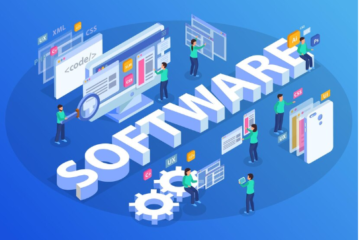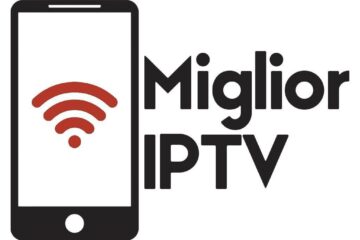Artificial intelligence (AI) tools have gained significant popularity in recent years, transforming industries and the way we work. Despite their rapid adoption, many myths and misconceptions still surround AI tools. Let’s dive into five of the most common myths and debunk them with facts.
Myth 1: AI Tools Are Only for Tech Experts
One of the biggest misconceptions about AI is that it’s reserved for tech-savvy professionals or large corporations with deep pockets. While that may have been true in AI’s early days, modern tools are designed with accessibility in mind.
Fact: Many AI tools are built with user-friendly interfaces that require no technical knowledge. For example, AI writing assistants like Jasper or Grammarly, image generators like Canva’s AI tools, and productivity apps like Notion’s AI features are designed for everyday users. The rise of no-code platforms has also made it easy for individuals and small businesses to harness AI without needing programming skills.
Myth 2: AI Will Take Everyone’s Jobs
The fear of job loss due to automation and AI is widespread, but it’s often exaggerated. While AI can automate certain tasks, it’s not a blanket replacement for human workers.
Fact: AI tools are more likely to augment human capabilities rather than replace them entirely. They take over repetitive or mundane tasks, freeing up time for employees to focus on more creative and strategic work. For example, AI can handle data analysis, leaving analysts more time to interpret results and develop actionable strategies. Additionally, AI is creating new job opportunities in fields like AI ethics, development, and maintenance.
Myth 3: AI Tools Are Infallible
There’s a common belief that AI tools are perfect and always deliver accurate results because they’re powered by advanced algorithms.
Fact: AI tools are only as good as the data they’re trained on. They can make mistakes, produce biased outputs, or fail to handle complex scenarios effectively. For example, AI writing tools might generate text with factual inaccuracies, and facial recognition software has been criticized for inaccuracies when identifying people from diverse backgrounds. Users must approach AI outputs critically and verify results where necessary.
Myth 4: AI Tools Are Too Expensive for Small Businesses
Many small business owners assume that incorporating AI tools into their operations will come with a hefty price tag, making it unaffordable for them.
Fact: While some AI tools can be expensive, there are many affordable or even free options available. Tools like ChatGPT offer free or low-cost plans for small-scale usage, and platforms like Canva include basic AI features in their free tiers. Many AI tools also provide scalable pricing models, allowing small businesses to start with what they can afford and expand as needed.
Myth 5: AI Tools Can Replace Human Creativity
Some people worry that AI will take over creative industries entirely, rendering human artists, writers, and designers obsolete.
Fact: While AI tools can assist with creative tasks, they lack the nuanced thinking, emotional depth, and cultural context that humans bring to their work. For example, AI can generate design templates or suggest ideas, but the final touches—the “human touch”—still come from people. AI is better seen as a collaborator rather than a replacement in creative fields.
AI tools are powerful and transformative, but they’re often misunderstood. By separating fact from fiction, we can better appreciate their potential and use them effectively. Whether you’re a business owner, a professional, or just curious about AI, understanding these myths can help you embrace these tools with confidence.
Keep an eye for more news & updates on Gossips!




